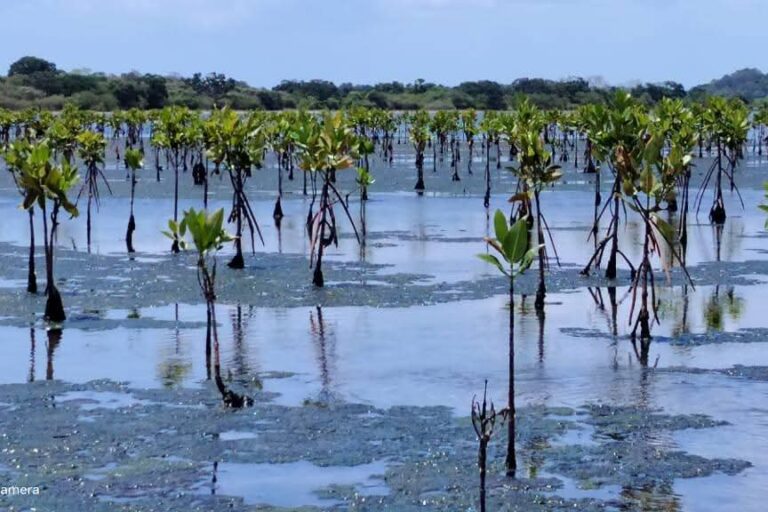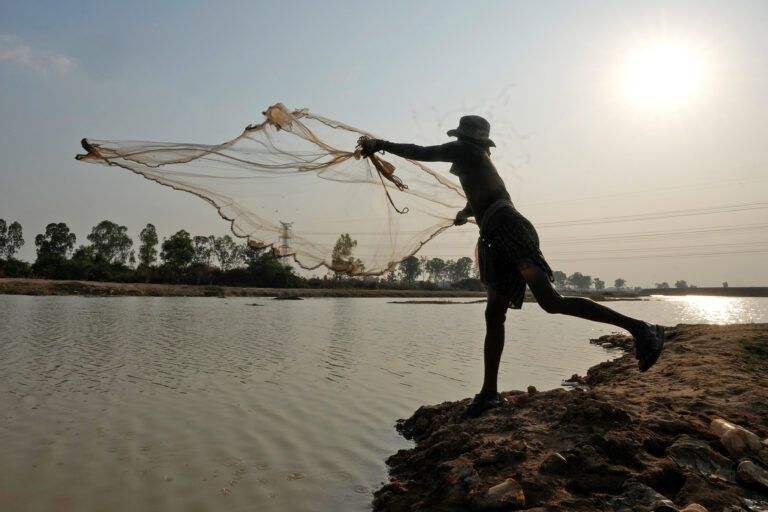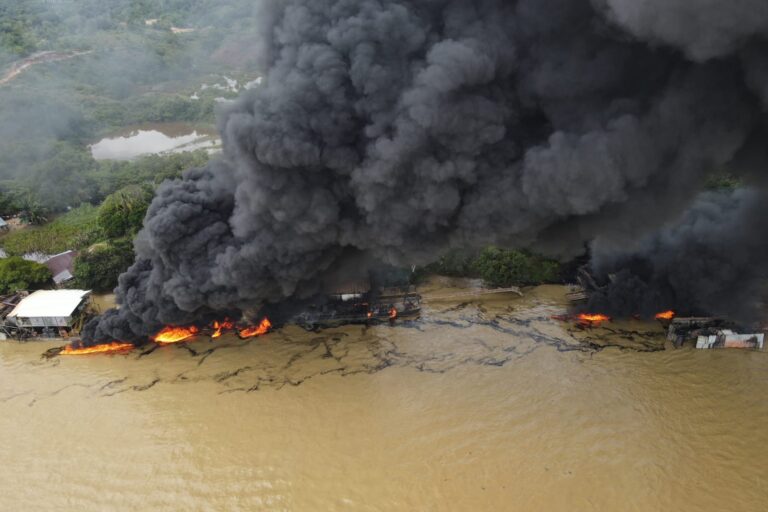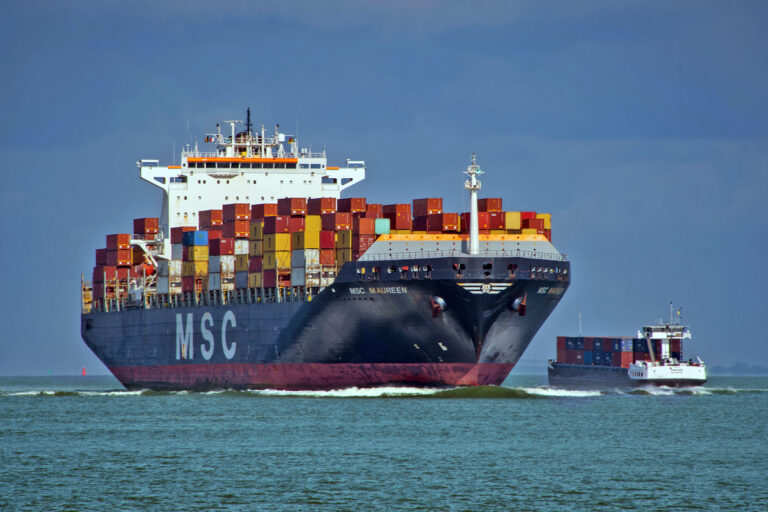Heavy rainfall in Colombia and Venezuela caused deadly landslides and widespread flooding in June. A new analysis now points to rapid urbanization, deforestation, mining and overgrazing as having reduced the region’s climate resilience.
“The rapid growth of population and informal settlements in areas prone to landslides, particularly in Colombia, puts people and infrastructure at risk,” the World Weather Attribution (WWA), a network of scientists evaluating extreme weather events, said in its latest rapid analysis. It said the informal communities are growing as people seek livelihoods in cities or are displaced due to conflict.
Roop Singh, report co-author from the Netherlands-based Red Cross Red Crescent Climate Centre, said at a media briefing that pasture- and agriculture-driven deforestation rose over the past two decades, increasing “the risk of landslides because tree roots are no longer binding and anchoring the soils.”
The heavy rains during the last week of June triggered widespread flooding and damage in Colombia; a landslide in Antioquia department killed 27 people. In Venezuela, rivers overflowed, and smaller landslides cut off rural communities.
WWA said in its report that rains in these regions had persisted since April, and that the June rain fell on already saturated ground where the deadly landslide occurred, and in rivers with already high levels of water.
The scientists examined the total rainfall from April-June this year over the Magdalena River catchment in Colombia and the Falcón and Maracaibo basins in Venezuela. They also studied data on the accumulated rainfall from June 20-24 in the affected states in the Venezuelan Llanos, a grassland plain.
“Neither events were particularly extreme,” Mariam Zachariah, co-author and research associate at Imperial College London, said at the briefing.
The WWA analysis showed the heavy rain that fell in June is common, expected every 10 years in Colombia and every three years in Venezuela. The scientists also used climate models to understand the influence of human-induced climate change on the rains, but the findings were inconclusive. Instead, the models projected a drying trend for Colombia and mixed results for Venezuela.
Friederike Otto, co-author and climate science professor at Imperial College London, said not being able to show clear linkages to climate change doesn’t mean there’s no influence. The researchers attributed some of the uncertainty to a lack of long-term observational weather data and weather stations in the region.
“Unfortunately, extreme weather is not well understood in northern South America,” Paola A. Arias, a professor at the University of Antioquia, said in a statement. “We urgently need more investment in climate science to understand shifting risks and prepare for what’s ahead. More science will save lives.”
Zachariah said Colombia and Venezuela must prepare for both rainfall and drought, and build resilience to extreme weather.
Banner image: People look at their destroyed home after a deadly landslide was triggered by heavy rain in Colombia’s Antioquia department on June 25, 2025. Image by AP Photo/Fredy Amariles.














